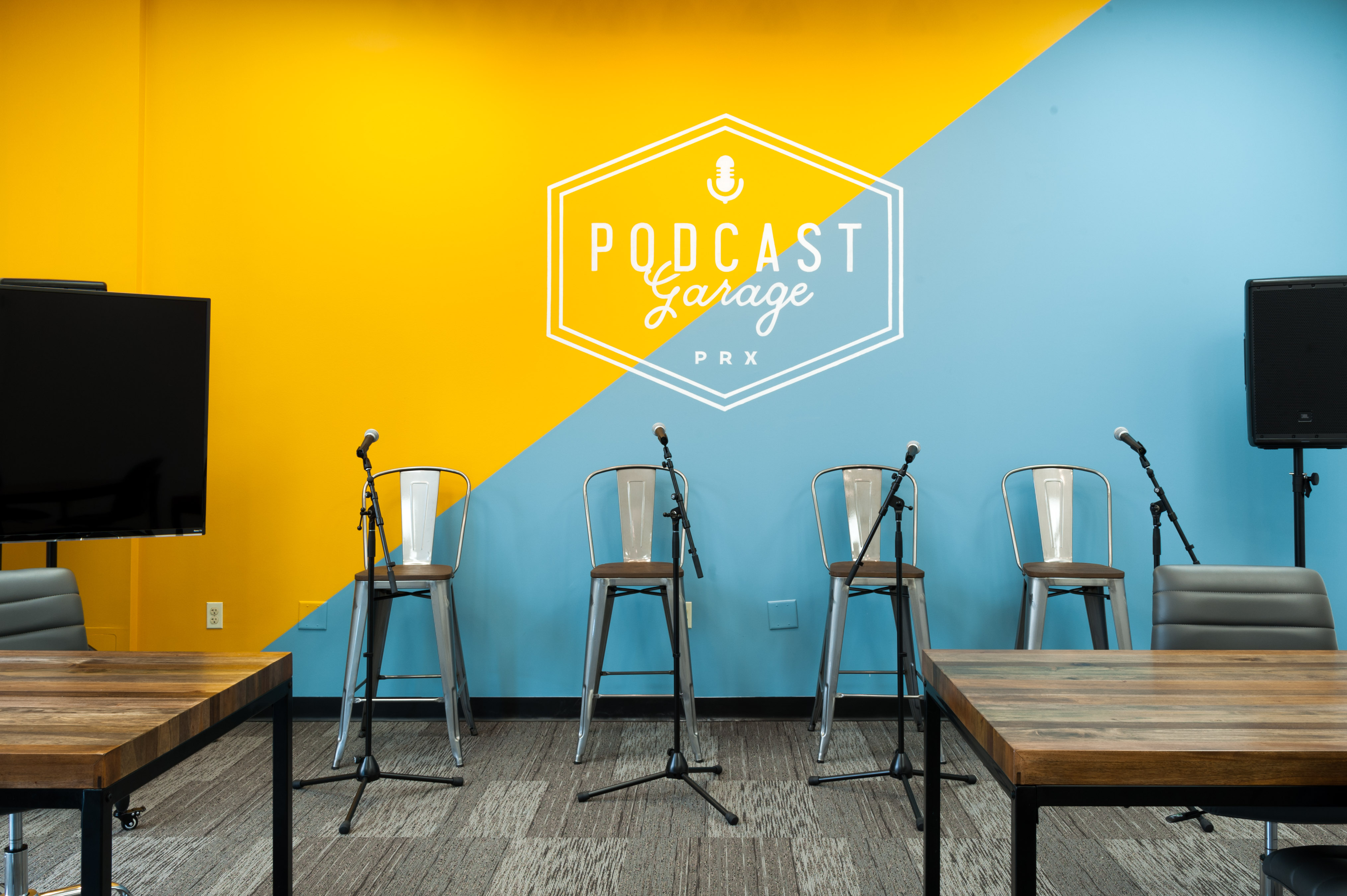Where does Car Talk belong? Let listeners decide
In this commentary, NPR’s v.p. of programming responds to Ira Glass’s suggestion that stations not devote prime weekend airtime to Car Talk reruns after the Magliozzi brothers retire this fall.
Like Ira, I’m really excited about all the innovation in public radio today.

Nuzum
Each of these new programs will need several things if they are to grow and prosper: an intellectual spark, real talent giving them a unique, authentic voice, money, smart plans for development, and stations willing to take a small risk.
There is one other critical thing they need to grow and prosper: Car Talk.
Airing Car Talk on Saturday mornings doesn’t stand in the way of innovation. In fact, it’s quite the opposite. Car Talk makes innovation possible.
Car Talk remains immensely popular with the public radio audience. Car Talk is the single most powerful program in public radio: Its Average Quarter-Hour audience is more than a million listeners larger than that of Morning Edition, and it is the largest generator of new listeners and additional listening occasions among infrequent listeners (our future core). In addition to being a steady source of loyalty and audience, it generates significant net revenue that helps to fund a wide variety of things — from local journalism to digital expansion to new local and national programming.
Doug Berman’s decision to program new shows from Car Talk‘s archives, far from being a “safe” play, represents a smart, creative way to extend a franchise that’s crucial to our stations (with an audience appeal we’ve demonstrated and proven with multiple research explorations over the last year).
As Ira points out, there’s a big appetite for innovation in public radio. A number of promising new shows have launched in the past few years — all shows I love listening to and adore (and NPR distributes many of them). But in a system that has very little excess cash to fund new ventures, audience and underwriting support for shows like Car Talk provides the oxygen to new ventures like Ask Me Another, TED Radio Hour and Radiolab, giving them a chance to win over new listeners and establish themselves as the next generation of public radio success stories.
However, we shouldn’t underestimate what it will take for new shows to succeed in Car Talk‘s place.
As I look at the ratings data, none of them, nor any other current public radio program, are ready and able today to do better — or even the same — in that Saturday morning time slot.
If you really want to get good advice on the placement of Car Talk, I’d suggest you focus on the opinion of one powerful group: the audience. What are listeners telling us through ratings and AudiGraphics? Ask your program director or general manager: Which show is doing better with your audience? Which show has the higher loyalty among ALL your listeners—core and fringe? There is a powerful story here. The audience should be the ones to tell us if and when Car Talk is no longer worthy of prime time.
At a reflective time like the recent Car Talk announcement, it’s easy to overlook the program’s contemporary vibrancy. Car Talk isn’t a dying old has-been. It is our greatest success story TODAY. It isn’t our past. It is our present. And it will help make our future possible. Relegating Car Talk to off-hours — or killing it altogether — neither serves the audience or the goal of innovation. It would be a self-inflicted wound.
We’ve learned from lots of experience that you can’t make a show a hit simply by putting it in a good time slot, or by placing it adjacent to Car Talk or Wait Wait. The last few decades are littered with programs that were placed after these two shows, only to fail. A show has to have intrinsic appeal to succeed, and it can demonstrate that in any time slot.
So there’s good reason not to move Car Talk. There’s also no compelling reason TO move it. All Things Considered and Morning Edition didn’t have to move for Car Talk to emerge. Car Talk didn’t have to move for Wait Wait to emerge, and Wait Wait won’t have to move so the next blockbuster can step up. Programs earn their place in prime time because they do a superior job of serving our audience. And program directors have the tools to recognize that potential anywhere on their schedules.
Here is why I care about this so deeply. This winter, Wait Wait will turn 15 (surprising, I know). When Car Talk was 15, we were already five years into the development of Wait Wait. As Wait Wait reaches this milestone, we’re behind. We aren’t ready with the next big-tent audience generator.
I’ll be the first to acknowledge that the current power of Car Talk will not continue forever. But the question is, in a number of years when we see Car Talk’s power begin to sunset, will we be ready?
If we need to debate the best way to serve public radio’s mission, we shouldn’t focus on the placement of Car Talk — we should ask ourselves what are we doing to prepare for that day — and are we doing enough?
Also, I sincerely hope that in the distant future, when Ira decides to end production of This American Life, that he reconsiders allowing the program to continue. As with Car Talk, I’m certain that it would continue to have vibrancy, significance and power. Every week, new listeners will discover it for the first time, will hear an episode they don’t remember or never heard, and will fall in love with the show just as deeply as those who are discovering it today or did so a decade ago. And they’ll be grateful we gave them the opportunity to do so.






